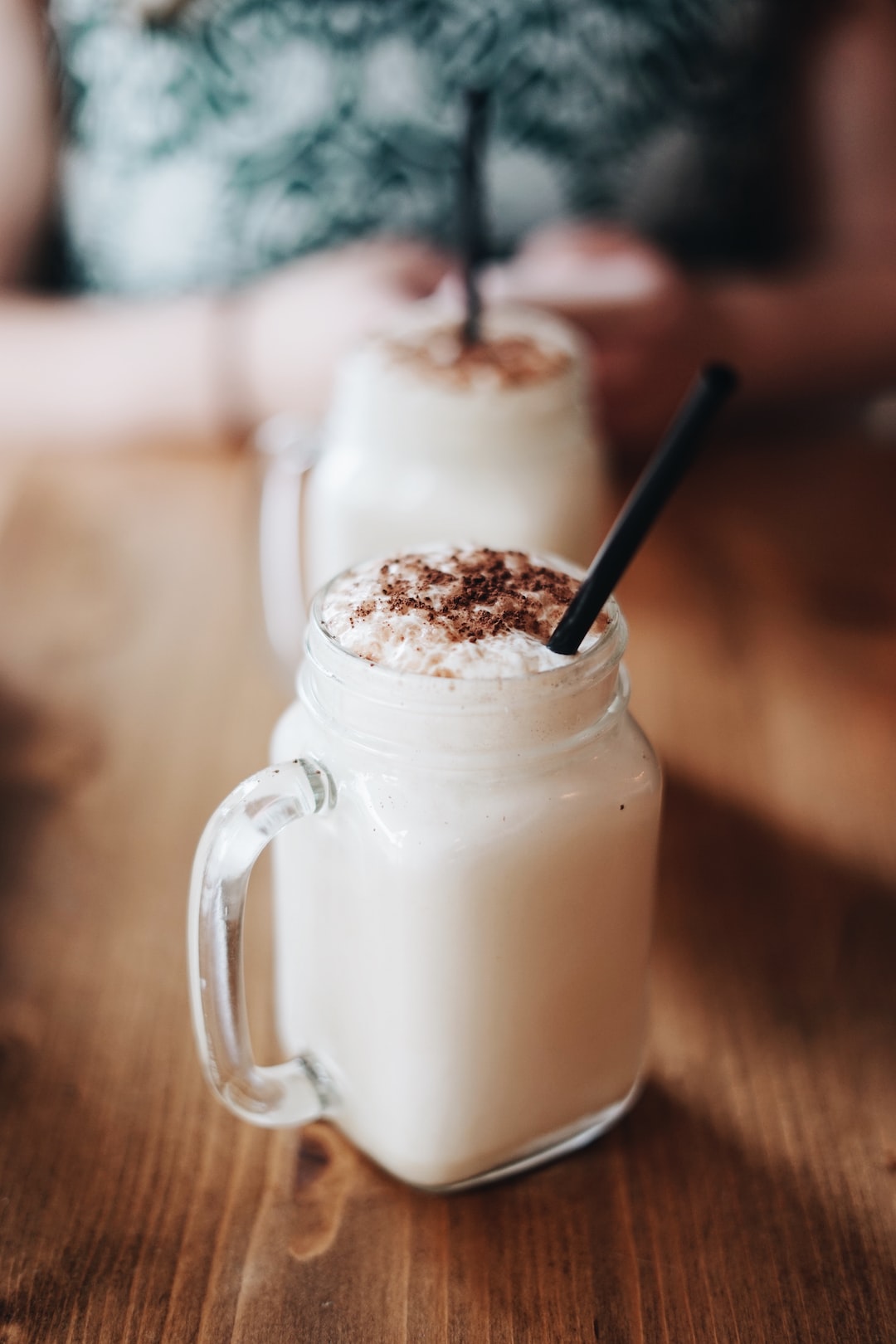
The Art of Food Pairing: Fine Dining Made Easy
Share0The Art of Food Pairing: Fine Dining Made Easy
Fine dining is often considered an exclusive experience, reserved only for special occasions or the most discerning of palates. However, with a little knowledge of food pairing, anyone can elevate their dining experience to new heights. Food pairing is the art of combining different flavors and textures to create a harmonious and memorable meal. Whether you’re planning a dinner party or simply want to impress your loved ones, here are some tips to make fine dining easy and enjoyable.
First and foremost, it’s essential to understand the basic principles of food pairing. The basic rule is to find complementary or contrasting flavors that enhance each other, rather than overpowering one another. For example, pairing a rich and creamy sauce with a light and crispy dish can create a perfect balance of flavors and textures. Similarly, combining sweet and savory elements can create a dynamic and exciting dining experience.
When it comes to wine pairing, the possibilities are endless. The general rule of thumb is to pair lighter wines with lighter dishes and heavier wines with richer, more robust dishes. For example, a delicate white wine can beautifully complement a seafood dish, while a bold and tannic red wine can hold its ground against a juicy steak. However, don’t be afraid to step outside the box and experiment with unconventional pairings – you might be pleasantly surprised by the results.
Another important factor to consider when pairing food is the seasonality of ingredients. Using fresh and seasonal produce not only ensures the best quality and flavor but also creates a cohesive and well-rounded meal. For instance, pairing a refreshing watermelon salad with grilled shrimp in the summertime can provide a burst of flavors and textures that perfectly capture the essence of the season.
Texture is often an overlooked aspect of food pairing, but it can significantly impact the overall dining experience. Combining contrasting textures can add an element of surprise and excitement to a dish. For example, combining a crunchy element like toasted nuts with a smooth and creamy dessert can create a delightful contrast that keeps your taste buds engaged.
Lastly, presentation plays a crucial role in fine dining. A beautifully plated dish not only enhances the visual appeal but can also create a psychological satisfaction, making the dining experience more enjoyable. Experiment with different plating techniques, such as layering, stacking, and drizzling sauces strategically, to create a visually stunning masterpiece.
In conclusion, food pairing is an art that can transform any meal into a fine dining experience. By understanding the basic principles of flavor combination, experimenting with wine pairings, using seasonal ingredients, considering textures, and paying attention to presentation, you can take your dining experience to the next level. Whether you’re hosting a dinner party or treating yourself to a special meal, the art of food pairing will ensure a delightful and memorable experience. So go ahead, explore your taste buds, and let the art of food pairing take center stage.
